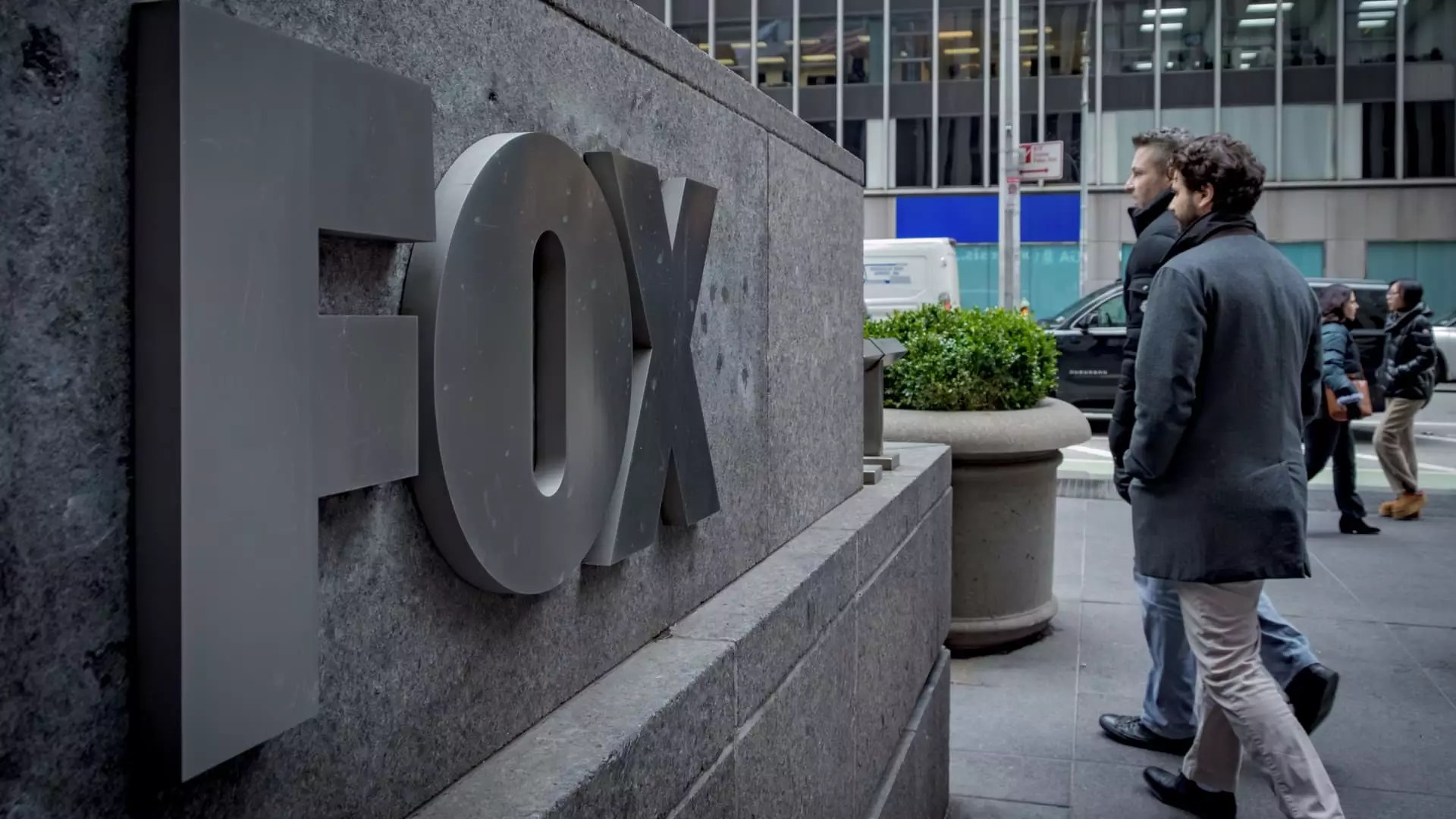Fox’s launch of Fox One signals a cautious attempt to stay relevant amid a rapidly transforming media environment. The move seems rooted more in strategic positioning than genuine innovation, revealing a company hesitant to truly reinvent itself. While other giants pour billions into exclusive sports rights and original content, Fox opts for a modest, low-risk approach. By offering a service centered on its existing sports and news assets, they appear to be protecting their core revenue streams rather than boldly adapting to consumer demand for fresh, differentiated streaming experiences. This conservative stance raises questions about Fox’s long-term vision: are they merely trying to preserve their traditional business model from declining, or do they genuinely understand how to thrive in a digital-first era?
Economic Rationale or Defensive Posture?
The decision to price Fox One at $19.99 reflects a careful balancing act—neither too cheap to cannibalize their pay TV bundles nor too expensive to alienate potential subscribers. Because pay TV subscriptions are hemorrhaging viewers nationwide, Fox likely sees this as a strategic shield rather than an expansion. Offering free access to existing subscribers suggests a recognition that their subscriber base is shrinking but still valuable. Yet, by eschewing exclusive content or original programming, Fox appears to be avoiding the high costs and uncertainties associated with creating compelling digital-only offerings. Instead, they are betting on the familiarity and loyalty surrounding their sports broadcasts. This resembles a defensive tactic: maintain what’s still working and cautiously test the waters of direct-to-consumer streaming without risking the disruption to their traditional revenue streams.
Limited Vision or Practical Pragmatism?
Fox’s avoidance of exclusive content signifies a pragmatic approach, but this strategy may also dampen their future potential. Consumers increasingly prioritize unique, engaging digital content, and the absence of original programming might render Fox One a lackluster option. The decision to keep the service tightly focused on existing assets suggests a lack of confidence in creating compelling, standalone streaming entertainment. It also indicates a possible underestimation of the consumer’s desire for personalization and originality—a critical oversight given current market trends. While Fox’s focus on sports and news caters to loyal viewers, it risks alienating a broader audience that craves innovative, binge-worthy content. The company seems to prefer a ‘wait-and-see’ stance rather than proactively shaping the future of entertainment.
A Strategic But Limited Response to Market Challenges
In a market where competitors such as Disney and streaming platforms like Netflix set the tone with substantial original investments, Fox’s approach appears modest. Their plans to bundle Fox One with other services and avoid diluting their pay TV ecosystem could be smart in maintaining legacy revenue streams but also symptomatic of a reluctance to innovate. This cautious stance may cause Fox to lag behind more aggressive rivals, risking irrelevance in a landscape where consumer preferences shift rapidly. Moreover, their reliance on existing content and the intention to position Fox One as a niche service might limit growth opportunities. Rather than leading or transforming the streaming industry, Fox positionally aligns itself as a cautious contender trying to adapt without risking its foundational assets.
A Reflection of Broader Industry Hesitation
Fox’s strategy encapsulates a broader industry debate: should legacy media companies double down on their proven assets or embrace the risky pursuit of exclusive digital content? Fox’s conservative approach indicates a preference for stability and risk aversion, but this could ultimately undermine their competitive edge. With the advent of increasingly sophisticated streaming platforms, a stagnant or risk-averse strategy might lead to obsolescence. Fox’s move suggests a recognition that their strengths lie in sports and news rather than entertainment, yet it also reveals a reluctance to fully capitalize on digital trends. This cautious stance may secure short-term stability, but it leaves the company vulnerable to becoming irrelevant in a future dominated by innovative, consumer-centric content ecosystems.
In the end, Fox One embodies the paradox of a traditional media giant trying to hold onto relevance by treading carefully—fearful of alienating existing customers, but also risking being overshadowed by more daring competitors. Whether this strategy will pay off remains uncertain, but one thing is clear: in the relentless march of digital evolution, hesitation is a luxury few can afford.

